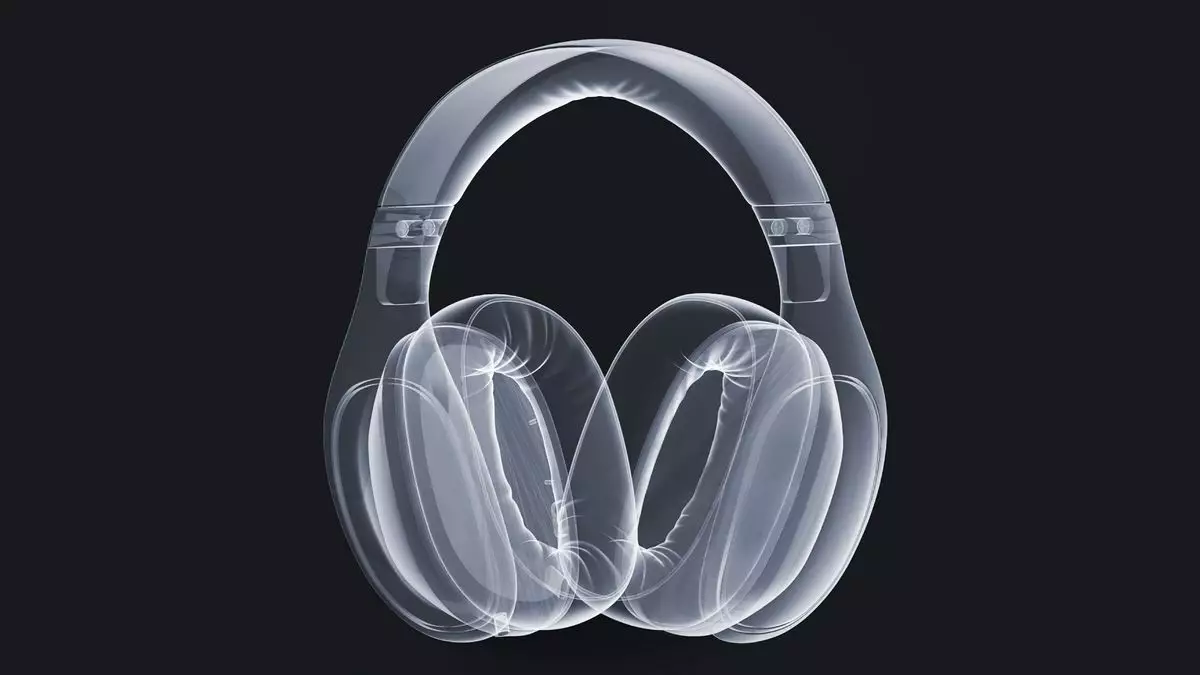Sound is a marvel of nature, a complex phenomenon that has intrigued scientists and artists alike for centuries. Its manipulation, however, has reached new heights with recent breakthroughs in technology. The field of acoustics has entered a fascinating new era, one that showcases not just the science of sound but its transformative potential in our daily lives. The recent research emerging from Penn State’s College of Engineering highlights a groundbreaking development: the ability to create ‘audible enclaves’ through advanced sound manipulation techniques. These advances challenge conventional understandings of how sound works and open up possibilities that were previously the subject of science fiction.
Through innovative methods like nonlinear self-bending ultrasonic beams, researchers have begun developing tech that allows sound to be transported across a physical space while circumventing obstacles. Imagine being able to hear a conversation or audio clip specifically tailored to you while everyone else in the room remains blissfully unaware. This capability hinges on advanced methods involving ultrasound—a frequency range above the human hearing threshold. By combining two ultrasonic frequencies, researchers can create audible sounds precisely where they wish, a feat that sparks a dialogue about privacy and personalization in sound consumption.
Diving Deep into Ultrasound Technology
Ultrasound waves, often associated with medical imaging, provide a fertile ground for pushing auditory boundaries. Penn State researchers are employing two ultrasonic beams to ‘carry’ audible sound—creating interactions that only occur at specific points, akin to the intersection of two paths in a dense forest. The brilliance of such a method lies in its ability to craft very localized sound experiences. This can redefine how spaces, whether museums, schools, or cafés, can shape auditory environments.
Yun Jing, a professor specializing in acoustics, elaborates on this innovation by describing a configuration that utilizes two transducers alongside an acoustic metasurface. By manipulating these beams to intersect at controlled locales, the sound emerges in a targeted fashion, creating what can be described as a personal audio bubble—a revolutionary concept that could change how we experience communal spaces. Even here, the technological intricacies reflect the larger challenges that exist in sound engineering, revealing the complexity of audio interactions that we might take for granted.
Practical Applications and Future Possibilities
While the current methods remain cumbersome—requiring substantial equipment and only offering effective auditory experiences within a very limited range—the implications of such technology are far-reaching. Envision walking through an art gallery, where you can access detailed and immersive anecdotes about the art pieces only when you stand in front of them, leaving the rest of the visitors undisturbed. Such scenarios not only enhance personal experiences but also promote a more enriching engagement with spaces that are often crowded and noisy.
Significantly, this research does not merely serve to entertain unique applications but also raises important questions about sound’s role in our lives. As we move toward increasingly individualized experiences in every facet—from shopping to digital media consumption—this technology could potentially redefine our expectations of privacy and interaction in the auditory realm. How will society adjust to environments where sound can be ‘directed’ in such precise ways? Will we embrace this technology, or will the tension between personal audio and general ambiance invoke resistance?
Sound and Society: A Double-Edged Sword
Yet, even amid excitement about these advancements, we must remain cautious. The ability to isolate sound carries potential risks, particularly concerning personal space and acoustic privacy. The notion of ‘virtual headsets’ metaphorically represents a desire for personalized experiences but might lead us down a path where audible information becomes more controlled and less democratic. If we can choose what sounds we hear and blind others to them, does that not also give rise to new forms of auditory inequity, where those with access to such technology gain a further advantage over those who do not?
While the futuristic vision of streaming sound unnoticed through dynamic spaces is alluring, the conversation should extend beyond the science to the ethical implications of that power. As we stand on the brink of such sonic innovations, society must consider not only the potentials but also the ramifications of ‘sound ownership’ and who gets to define our auditory environments.
In essence, the intersection of innovative sound technology and human experience poses a plethora of questions and possibilities that goes beyond mere auditory pleasure. As the discourse unfolds, we will discover whether this novel approach enhances life or complicates the very essence of how we engage with the world through sound.

